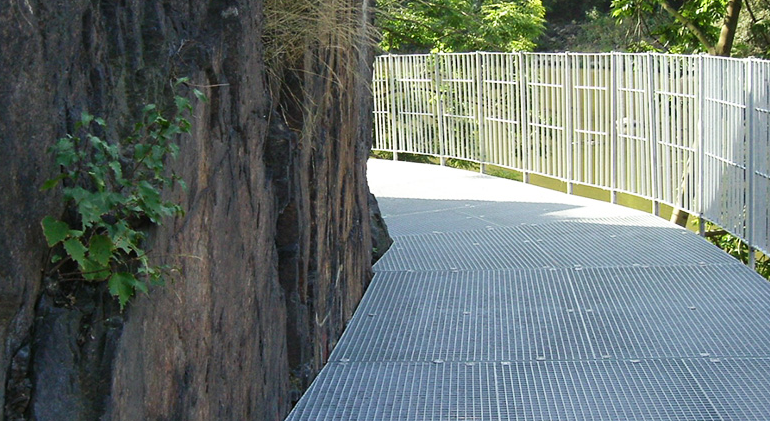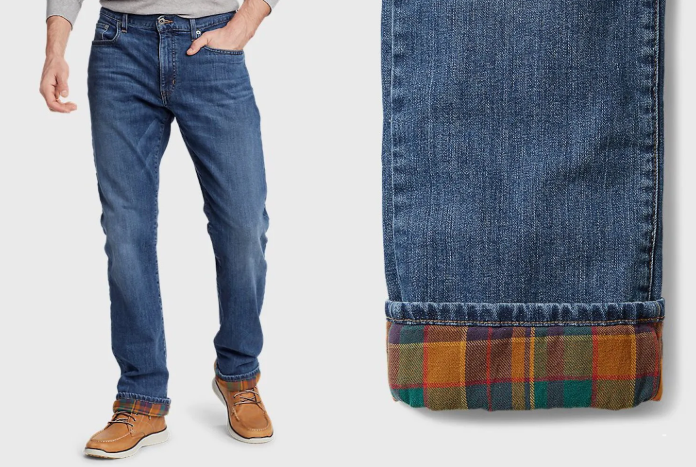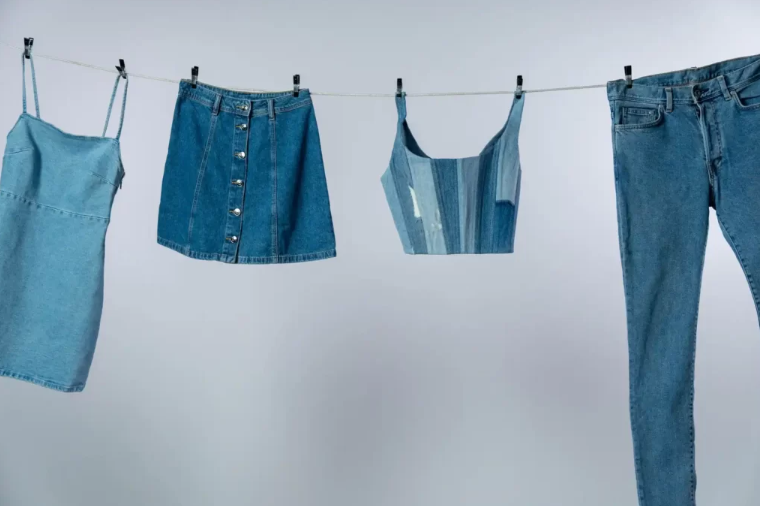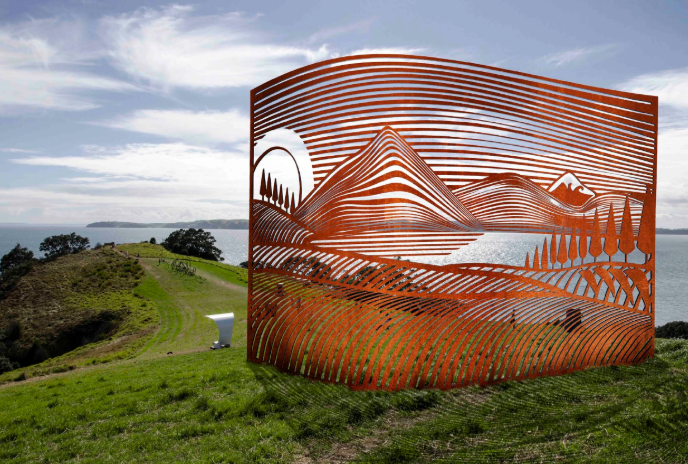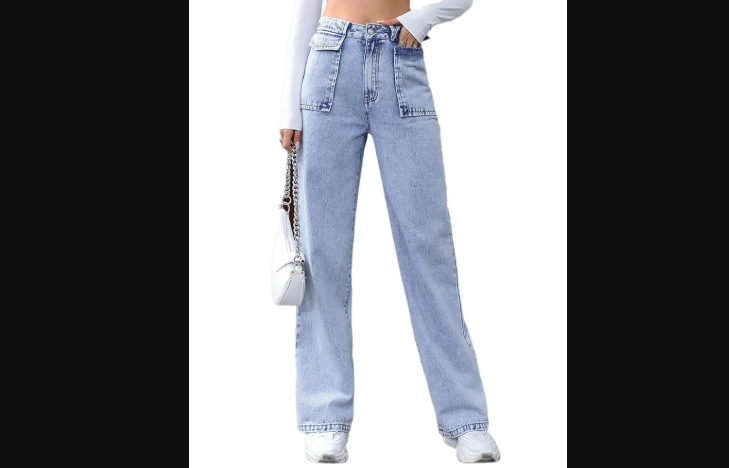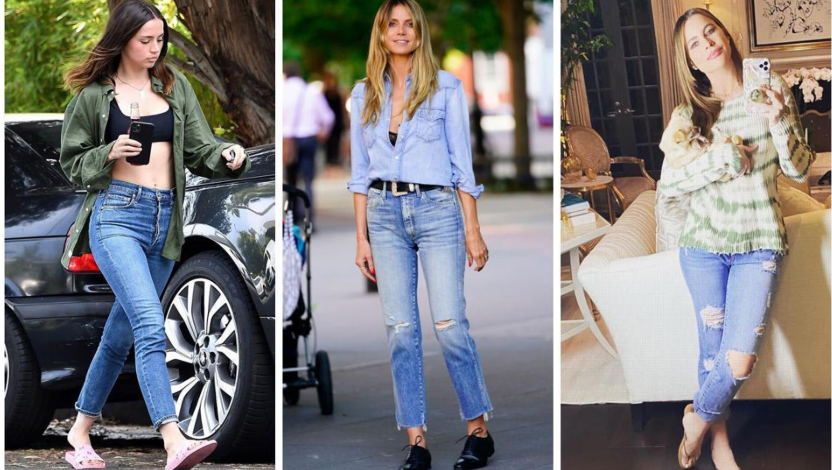Wide-leg jeans have evolved from a 1970s classic into one of today’s most versatile wardrobe essentials. Their relaxed shape and vintage charm appeal to fashion enthusiasts who value comfort, structure, and individuality. However, their generous cut also makes them one of the trickiest styles to wear correctly. Without balance and attention to proportion, even premium denim can appear bulky or shapeless.
This article provides a professional, objective guide on how to look refined and confident in straight leg wide leg jeans. Through insights into fabric, proportion, footwear, and layering, we’ll explore how to transform a casual item into an effortlessly elegant staple.

Why Are Straight Leg Wide Leg Jeans So Popular in Modern Fashion?
The resurgence of wide-leg denim reflects a cultural shift toward comfort and timelessness. Unlike skinny jeans that emphasize contour, straight leg wide leg jeans create a structured yet relaxed look, flattering all body shapes.
Their popularity is supported by three key factors:
- Comfort and movement: The straight-leg design provides space without appearing oversized.
- Versatility: They transition easily from casual to formal, depending on how they’re styled.
- Timeless elegance: They echo vintage silhouettes while aligning with sustainable, minimalist aesthetics.
Brands like RE&X, established in Rome in 1998, have championed this balance between function and beauty. By combining craftsmanship with eco-friendly materials, RE&X designs embody the enduring appeal of tailored denim that never feels outdated.
Why Does Fit Determine Whether You Look Polished or Frumpy?
Fit is the foundation of any great outfit, and wide-leg jeans are no exception. An ill-fitting pair can add unnecessary volume and distort your proportions. The most important factor is ensuring the jeans contour your waist before gradually widening through the leg.
Key fit considerations:
- Waistline: A high or mid-rise cut visually elongates the legs and emphasizes the waist.
- Hip fit: Jeans should lie flat without pulling or sagging.
- Length: The hem should lightly graze the floor or sit just above the shoes, ensuring a clean vertical line.
Even minor tailoring adjustments—like hemming or taking in the waistband—can drastically improve the drape and appearance. Professional stylists often remind clients that fit defines formality: properly fitted jeans can look just as refined as tailored trousers.
What Fabric and Wash Work Best for a Flattering Shape?
Fabric weight and texture strongly influence how straight leg wide leg jeans fall on the body. Lightweight denim may cling or wrinkle, while overly stiff material can exaggerate width.
Ideal characteristics include:
- Medium to heavyweight denim: Holds its shape while providing structure.
- Minimal stretch: About 1–2% elastane allows comfort without losing definition.
- Quality stitching: Reinforced seams maintain longevity and crisp lines.
As for color, dark indigo and black washes tend to slim the figure, creating a sleek, professional effect. In contrast, light blue and faded tones offer a relaxed, summery aesthetic. Choose the wash that best aligns with the setting—structured for business casual, softer for leisure.
Modern manufacturers like RE&X increasingly use eco-conscious processes such as low-water dyeing and organic cotton blends, making high-quality denim both fashionable and sustainable.
What Type of Tops Should You Pair with Wide-Leg Jeans?
Styling the upper half is crucial to maintaining visual harmony. Because wide-leg jeans naturally widen the lower body, pairing them with a fitted or tailored top helps define the silhouette.
Best options include:
- Tucked-in blouses or shirts: Highlight the waist and streamline the torso.
- Cropped blazers and structured jackets: Add sharpness and professionalism.
- Slim turtlenecks and fitted knits: Offer warmth and refinement in cooler months.
- Tank tops or bodysuits: Provide contrast to the relaxed jean shape.
Proportional contrast—the balance between slim and wide—creates visual interest while preventing bulkiness. When layering, ensure outer garments do not overwhelm the waistline or hip area.
How Can Footwear Influence the Overall Look?
Footwear is one of the most powerful tools in shaping how straight leg wide leg jeans appear. Shoes can either elongate the body or make it seem shorter, depending on heel height, shape, and exposure.
For a sleek silhouette:
- Heeled boots or pumps: Add height and enhance posture.
- Platform sandals: Modernize the vintage wide-leg style.
- Pointed flats: Keep comfort without compromising on elegance.
- Minimalist sneakers: Perfect for casual balance when styled intentionally.
Avoid overly heavy footwear that hides under the hem or cuts off the leg line. The goal is to create uninterrupted vertical flow from waist to toe, maximizing the jeans’ natural elongating effect.
Why Do Proportions and Tucking Techniques Matter So Much?
Proportional awareness prevents the frumpy effect most associated with wide-leg silhouettes. Since the jeans themselves create volume, the upper half of the outfit must reintroduce definition.
Styling techniques to master:
- Full tuck: Ideal for professional or semi-formal settings; defines the waist clearly.
- French tuck: A relaxed option that keeps proportions dynamic.
- Cropped tops: Natural waist-length tops highlight body shape without bulk.
- Belted waist: Visually separates the upper and lower halves, maintaining structure.
A balanced outfit draws the eye vertically rather than horizontally, creating a clean, elongating line.
How Do Accessories Help You Look More Refined?
Accessories are the finishing touch that transforms basic denim into a complete ensemble.
- Belts: A polished leather belt or minimalist buckle adds focus to the waist.
- Jewelry: Layered gold or silver pieces add sophistication without distraction.
- Bags: Crossbody or structured handbags help counterbalance the jeans’ width.
- Scarves and hats: Subtle accents that frame the face and add color coordination.
Choose accessories proportionate to your outfit—delicate items with flowy fabrics, bold ones with solid, structured denim. The right details pull the look together harmoniously.
What Common Styling Mistakes Should Be Avoided?
Even experienced dressers can make mistakes that disrupt the elegance of straight leg wide leg jeans. Avoid these pitfalls:
- Oversized tops: They add volume where structure is needed.
- Improper hem length: Jeans that pool excessively at the ankles shorten the legs.
- Unstructured fabrics: Flimsy denim collapses instead of flowing.
- Ignoring footwear height: Flat shoes can make the silhouette appear heavy.
- Neglecting the waistline: Without definition, the figure loses balance.
Consistency in fabric weight, proportion, and fit ensures your jeans look tailored, not sloppy.
How Can You Style Wide-Leg Jeans for Different Occasions?
One of the greatest advantages of straight leg wide leg jeans is their adaptability across diverse settings.
- Casual wear: Pair with sneakers, a tucked T-shirt, and a denim jacket for relaxed weekends.
- Office style: Combine with a tailored blouse, blazer, and heeled boots for smart-casual balance.
- Evening look: Opt for a silk camisole, metallic accessories, and strappy heels for an elegant finish.
- Travel or streetwear: Add a cropped hoodie or bomber jacket for youthful, urban appeal.
By adjusting fabric texture and accessories, you can seamlessly transition these jeans between formal and casual environments.
Why Does Confidence Play a Role in Looking Stylish?
Even the most technically perfect outfit relies on the wearer’s confidence. When you understand how straight leg wide leg jeans flatter your body and express your style, it naturally enhances your presence.
Confidence comes from preparation—knowing how the jeans move, where they sit best, and how to coordinate pieces effortlessly. The objective isn’t perfection but harmony: making comfort and elegance coexist.
Wide-leg jeans are an opportunity for creative expression. Whether you pair them with minimalist neutrals or bold prints, wear them with intention. The most stylish looks are those that reflect authenticity and self-assurance.
Conclusion
Avoiding a frumpy appearance in straight leg wide leg jeans is about precision and proportion, not restriction. By focusing on structured fits, quality fabrics, and thoughtful coordination, anyone can achieve a look that’s both relaxed and refined.
Balance is the ultimate principle—between volume and definition, tradition and innovation. As modern fashion continues to celebrate individuality, wide-leg jeans remain an enduring symbol of style evolution: comfortable, versatile, and undeniably chic.



